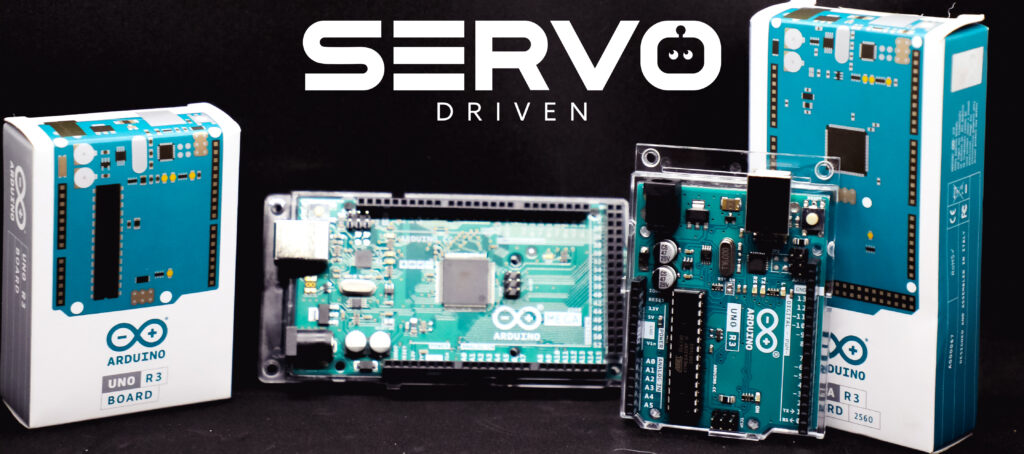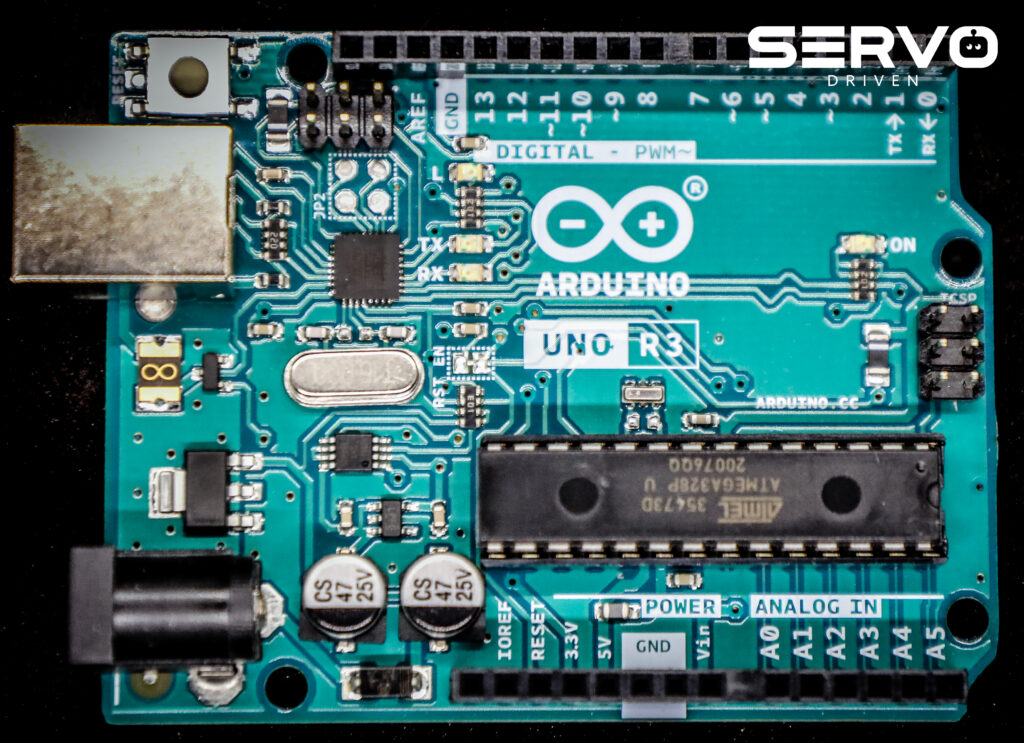Arduino: Simplifying the Path to Crafting Internet of Things Innovations

Arduino, a beacon in the realm of open-source electronics, seamlessly integrates user-friendly hardware and software to empower individuals with varied technical backgrounds to create interactive physical environments swiftly. Its appeal lies in its accessibility, catering to those with minimal programming experience while offering a robust platform for seasoned makers. Comprising a microcontroller board and a development environment, Arduino facilitates project realization through USB or wireless connections, making it a global favorite among hardware enthusiasts. This article delves into the essence of Arduino, shedding light on its functionality and providing key insights into creating diverse projects, including interfacing devices, utilizing sensors and actuators, and harnessing the power of arrays.
What Exactly is Arduino?
At its core, Arduino is an open-source electronics platform, championing both open-source hardware and software. This approach ensures widespread availability of Arduino boards from various suppliers globally, with Arduino LLC in Italy being a prominent provider.

Functionally, Arduino empowers the control of electronic devices through computer programs, typically coded in C++. The system comprises a microcontroller board, equipped with all the necessary circuitry for projects, and a programming environment that seamlessly communicates with the board via a computer.
Arduino boards come in diverse configurations, ranging from the popular Uno, with 14 digital input/output pins, to the feature-rich Leonardo, boasting 20 digital inputs/outputs and an expanded array of analog pins. The Uno, having established itself as an industry standard, exemplifies Arduino’s versatility. Projects span from modest interactive setups like an alarm clock to more intricate endeavors such as a robotic lawnmower, showcasing Arduino’s scalability.
The History of Arduino
Before Arduino came around, if you wanted to create a physical device with an onboard computer, you needed extensive knowledge of electrical engineering, programming, and hardware.
The Arduino project, however, started with the idea of simplifying things for people who weren’t trained engineers. The founder’s vision was to create a chip but without all the complexities of a chip. They made a microcontroller with its built-in program and data memory, and that is how Arduino was born. In contrast to a PC processor where any external circuitry would be required, the Arduino board is fully self-contained.
The initial code for Arduino started in 2003 as a school assignment at Interaction Design Institute Ivrea (IDII) in Italy. That year, IDII alumni Hernando Barragán created the development platform ‘Wiring’ as a Master’s thesis project.
Two years later, Massimo Banzi and David Cuartielles used Barragán’s work to provide a user-friendly sensor board. David Mellis developed the Arduino programming language, which was based on Wiring. The five original founders of Arduino are known as Gianluca Martino, Tom Igoe, David Cuartielles, Massimo Banzi and David Mellis.
Advantages of the Arduino Platform
Embracing Arduino for your projects offers a myriad of advantages, including:
- Affordability and Accessibility: Arduino boards are readily available online, with a mere $12 investment opening doors to a world of creative possibilities.
- Interactive Electronics: Arduino effortlessly interfaces with electronic components, empowering users to control and manipulate devices such as lights, leveraging its capability to modulate brightness and set timers.
- Sensor Integration: Sensors play a pivotal role in Arduino projects, enabling measurement, computation, and interaction with the physical world, transforming the way projects function.
- Actuator Utilization: Actuators execute actions based on program signals, simplifying tasks like opening or closing a door lock in response to external stimuli.
- User-Friendly: Arduino allows individuals to embark on electronics projects without deep knowledge of circuit design or professional coding skills, requiring only a basic understanding of C++. Code snippets from the internet become valuable assets.
- Versatility: The open-source nature of the platform fosters hardware diversity, accommodating thinner boards and more advanced sensors, enhancing project flexibility.
- Sustainability: Arduino boards are designed for easy replacement, ensuring continued functionality in the event of breakage.
- Solderless Assembly: Departing from traditional circuit boards, Arduino eliminates the need for soldering, simplifying the connection of electronic components and facilitating an out-of-the-box functionality.
How To Get Started with Your First Project on An Arduino Board?
Everyone’s first project may be different, but there are a few basic things to consider. First, what do you want your Arduino board and the accompanying program to do? What objects or components will it need to interact with – such as sensors for inputs or actuators for outputs?
Next, think about how these objects and their functions will connect to the board, such as connecting a light sensor to an analog input or attaching servo motors to digital outputs. The pins on Arduino boards are numbered, and you will need this information when programming your project.
There are also plenty of resources available on how to start programming with Arduino boards, including tutorials from both beginner and advanced levels that can help you understand the basics of C++ to more complicated topics like creating your own printed circuit boards (PCB). There are also countless blogs, books, tutorials, videos, and other online resources for making your first Arduino project from start to finish.
For instance, Arduino provides example projects for many typical applications in its online documentation section. Here on Arduino’s Project Hub, you can find numerous projects with their source code. They include, for example, a smart coffee machine that works via Bluetooth and a device that tells the ripeness of fruits by their color.
In brief, the Arduino platform is a versatile and easy-to-use electronics system that provides many benefits for your next project. Best of all, there is a massive online community that can help you get started with projects and provide tutorials to learn how to build your own Arduino boards. Why not get on board the Internet of Things (IoT) revolution and turn your creativity into practice?
